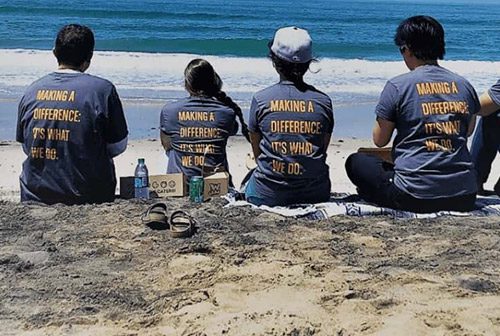San Diego has a flooding problem. When it rains, roads flood, property is submerged, some people are forced from their homes and potentially lives are at risk.
But what can we do about it? Short of jumping in our Delorean and going back in time to halt all development in Mission Valley and other floodplains, what are our real options?
The City of San Diego would have you believe that we can alleviate San Diego’s flooding woes if only they could run bulldozers and backhoes through all of our “stormwater facilities.” But those so-called “stormwater facilities” aren’t just concrete channels filled with garbage and debris. They also include our natural creeks and earthen channels that provide valuable urban habitat corridors and remove pollution from stormwater and runoff.


Not only would bulldozing our creeks impact wildlife and harm water quality, but it actually won’t solve the flooding problem in the most serious areas. When pressed, the City of San Diego will admit that bulldozing flood-prone channels like Alvarado Creek will do little to address the flooding problem; those creeks do not have the design capacity to handle flows larger than a five- to 10-year storm.
So while those in flood-prone areas blame environmentalists for the flooding, bulldozing our creeks is not a real solution to the problem.
San Diego’s flooding problems will only be solved when all of us—the City and its citizens—change our attitude about stormwater. Instead of rushing to get rain off of our properties and downstream where it is someone else’s problem, our development needs to better mimic natural systems. We can do this through techniques such as rain barrels, permeable pavement and other low impact development that clean and handle rain water where it falls rather than quickly channeling it to flood downstream.


The City can do its part to solve the flooding problem by a combination of (1) increasing capacity in our channels through techniques and (2) reducing the amount of stormwater that makes it to those channels. To really solve our problem, the City must widen channels where it can and retrofit our streets and other City-owned property using low impact development techniques.
Sure, it may mean a dozen or so fewer parking spots at Qualcomm Stadium, but it could greatly relieve our serious flooding problems.













